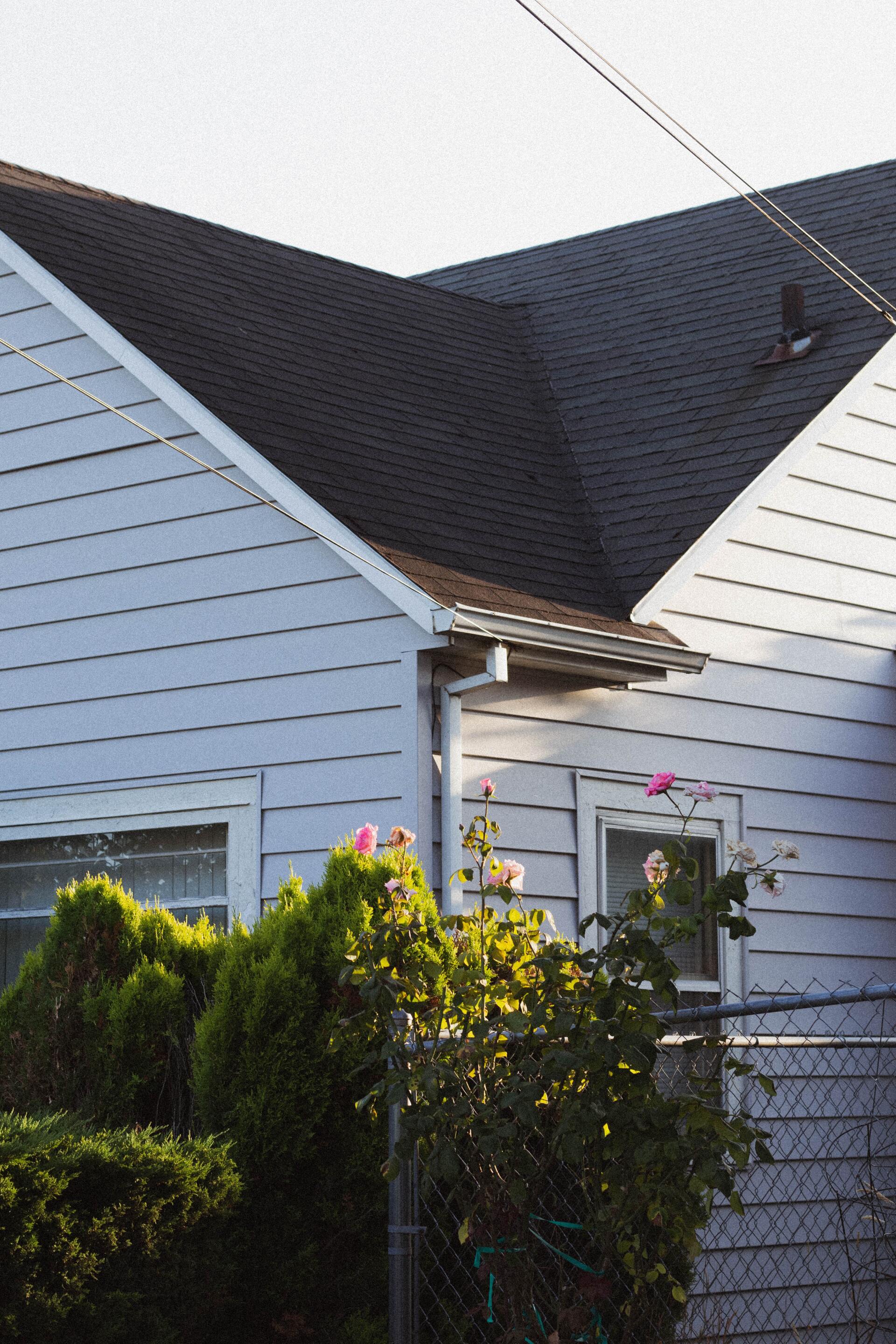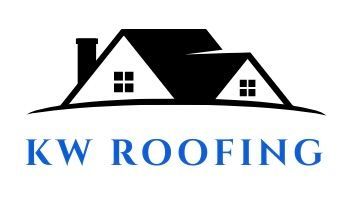Get in touch
555-555-5555
mymail@mailservice.com
Blog Posts

By Kris Wathen
•
January 13, 2025
What to Expect During a Full Shingle Roof Replacement Replacing your shingle roof is a significant home improvement project that not only enhances your home’s appearance but also protects it from the elements for years to come. While the process might seem daunting, understanding what to expect during a full shingle roof replacement can make the experience smoother and less stressful. 1. Initial Inspection and Estimate Before the replacement begins, a professional roofing contractor will inspect your current roof. They’ll assess its condition, measure its dimensions, and identify any underlying issues such as rot, leaks, or structural damage. Based on their findings, you’ll receive an estimate outlining the cost of materials, labor, and any additional repairs. This is also the time to discuss the type of shingles you’d like—whether asphalt, architectural, or specialty options like impact-resistant shingles. Your choice will influence the project’s timeline and cost. 2. Preparing Your Home and Property Roof replacements can be messy, so preparation is key. Contractors will advise you on how to get your home ready, which might include: Removing vehicles from your driveway to allow easy access for workers and equipment. Protecting outdoor furniture, plants, and other items around your home. Informing your neighbors about the upcoming work to minimize disruptions. The roofing crew will also lay tarps around your home to catch debris and protect landscaping. 3. Tear-Off of the Old Roof The first major step in the replacement process is removing the existing shingles. This phase can be noisy and may take a day or two, depending on your roof’s size. During this stage, workers will: Strip off all the old shingles and underlayment. Inspect the roof deck for damage, such as rotting wood or mold. Make any necessary repairs to ensure a solid foundation for the new roof. 4. Installing the New Roof Once the old materials are removed and the roof deck is repaired, it’s time to install the new roof. This phase involves several steps: Underlayment Installation: A protective layer is installed to shield your roof deck from moisture. Drip Edge and Flashing: These components are added to direct water away from your roof and prevent leaks. Shingle Installation: Shingles are laid in overlapping rows, starting from the bottom and working upwards. This ensures proper water drainage. 5. Final Inspection and Cleanup After the shingles are in place, the roofing team will conduct a final inspection to ensure everything is properly installed. They’ll check for: Proper alignment of shingles. Secure flashing and seals around chimneys, vents, and skylights. Cleanup of all debris, including nails and old materials. 6. Post-Installation Tips Once your new roof is complete, there are a few things you can do to maximize its lifespan: Schedule regular inspections to catch minor issues early. Clean gutters and downspouts to prevent water buildup. Monitor the attic for signs of leaks or poor ventilation. A full shingle roof replacement is a substantial investment, but it’s one that pays off in durability, energy efficiency, and curb appeal. By understanding the steps involved, from initial inspection to final cleanup, you’ll feel more confident and prepared throughout the process. Partner with a reputable roofing contractor, and you’ll enjoy peace of mind knowing your home is well-protected for years to come.
